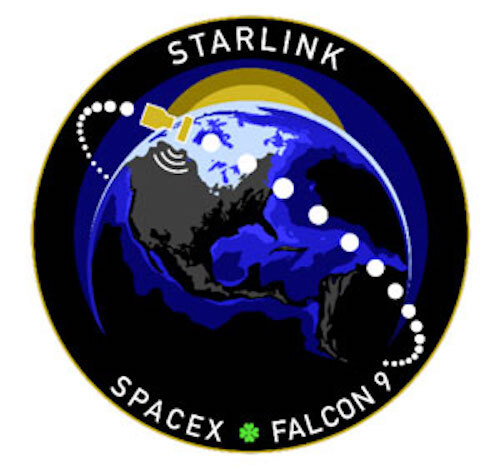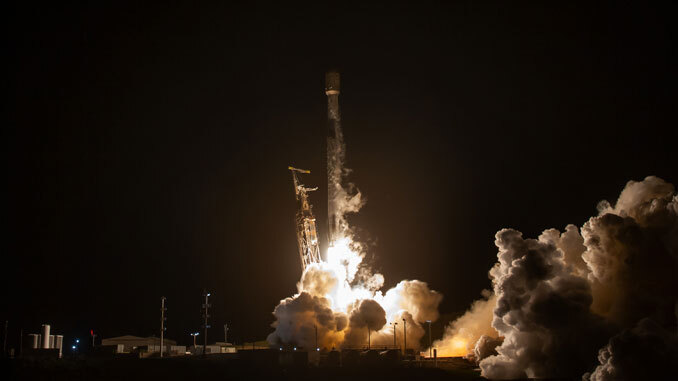23.02.2024

SpaceX Falcon 9 launches 22 Starlink satellites from California

A SpaceX Falcon 9 rocket lifted off from the West Coast with another batch of 22 Starlink satellites at 8:11 p.m. PST Thursday (11:11 p.m. EST / 0411 UTC).
The Starlink 7-15 mission roared away from Space Launch Complex 4E at Vandenberg Space Force Base in California on the first launch opportunity of the day, heading on a south-easterly trajectory, targeting a 184×178 mile (296×287 km) orbit, inclined at 53 degrees to the equator.
The first stage booster, tail number 1061 was making its 19th flight, which ties the record previously set by booster 1058 before it was lost during recovery operations following a successful launch and landing.
Booster 1061 joined the fleet on the East Coast launching the Crew 1 and 2 missions to the International Space Station. It went on to fly the SXM-8, Cargo Dragon CRS-23, IXPE, Transporter-4 and Transporter-5 missions before transferring to the West Coast where it launched the Globalstar FM15, ISI EROS C-3 and Korea 425 missions. It also flew on eight previous Starlink delivery missions.
After completing its burn, the first stage touched down on the drone ship ‘Of Course I still Love You’ stationed about 400 miles downrange (644km) in the Pacific Ocean off the coast of Baja California.
SpaceX confirmed in a social media post a successful deployment of the 22 V2 Mini Starlink satellites just over an hour after launch.
SpaceX says it has more than two million subscribers to its Starlink internet service in more than 60 countries. Since 2019 it has launched 5,872 Starlinks according to statistics compiled after this launch by Jonathan McDowell, an astronomer at the Harvard-Smithsonian Center for Astrophysics, who maintains a space flight database. Of those satellites 5,480 remain in orbit and 5,442 appear to be operational.
Quelle: SN
